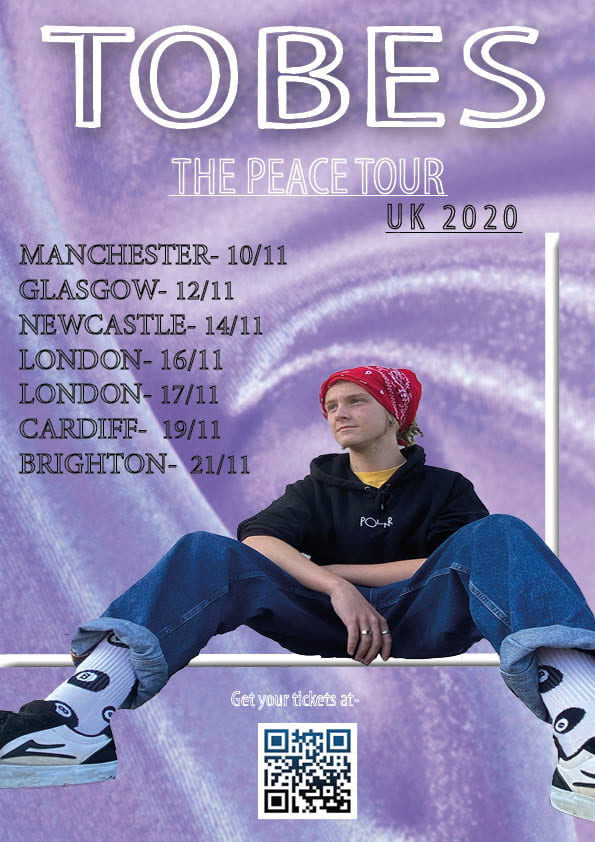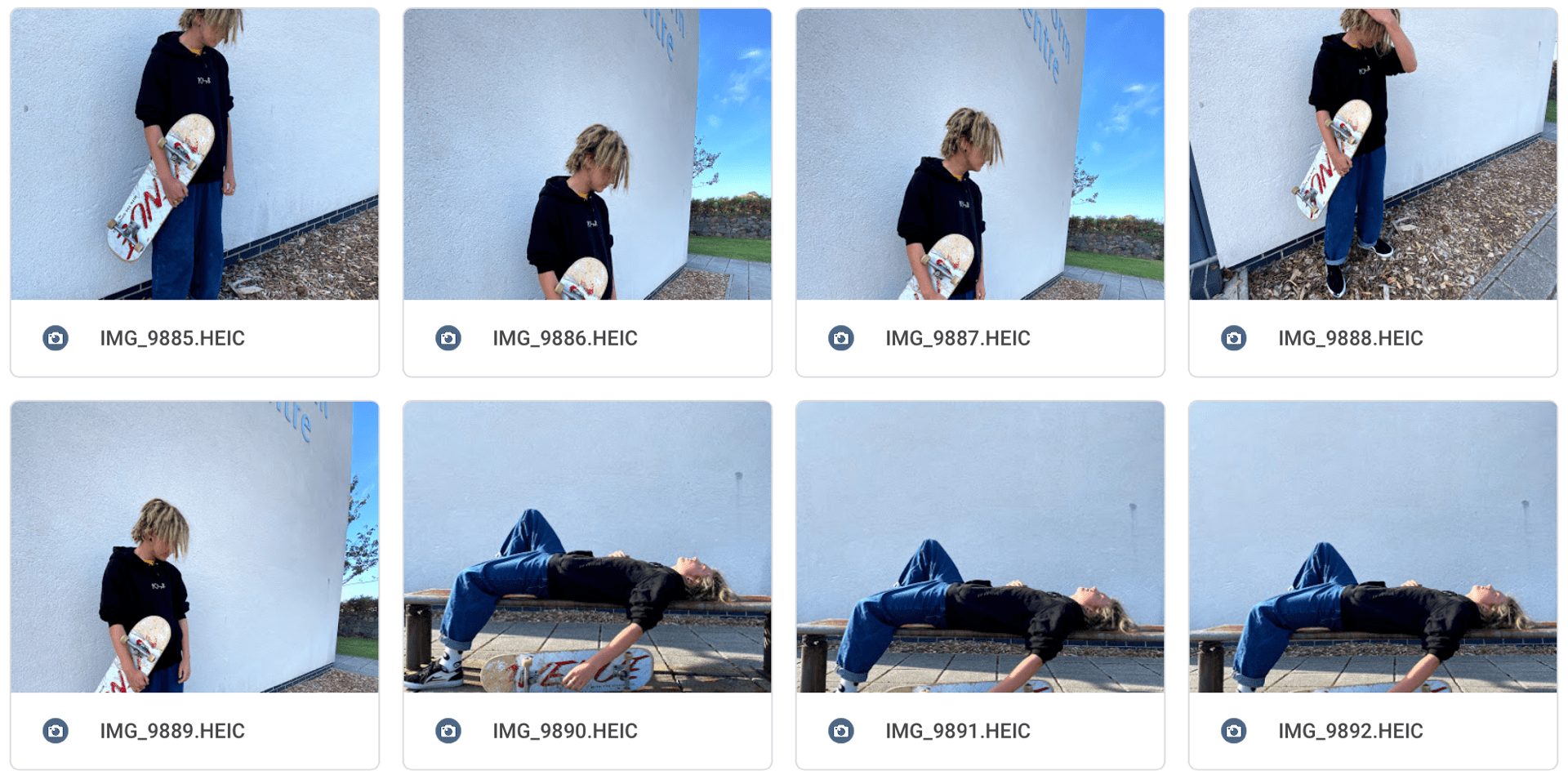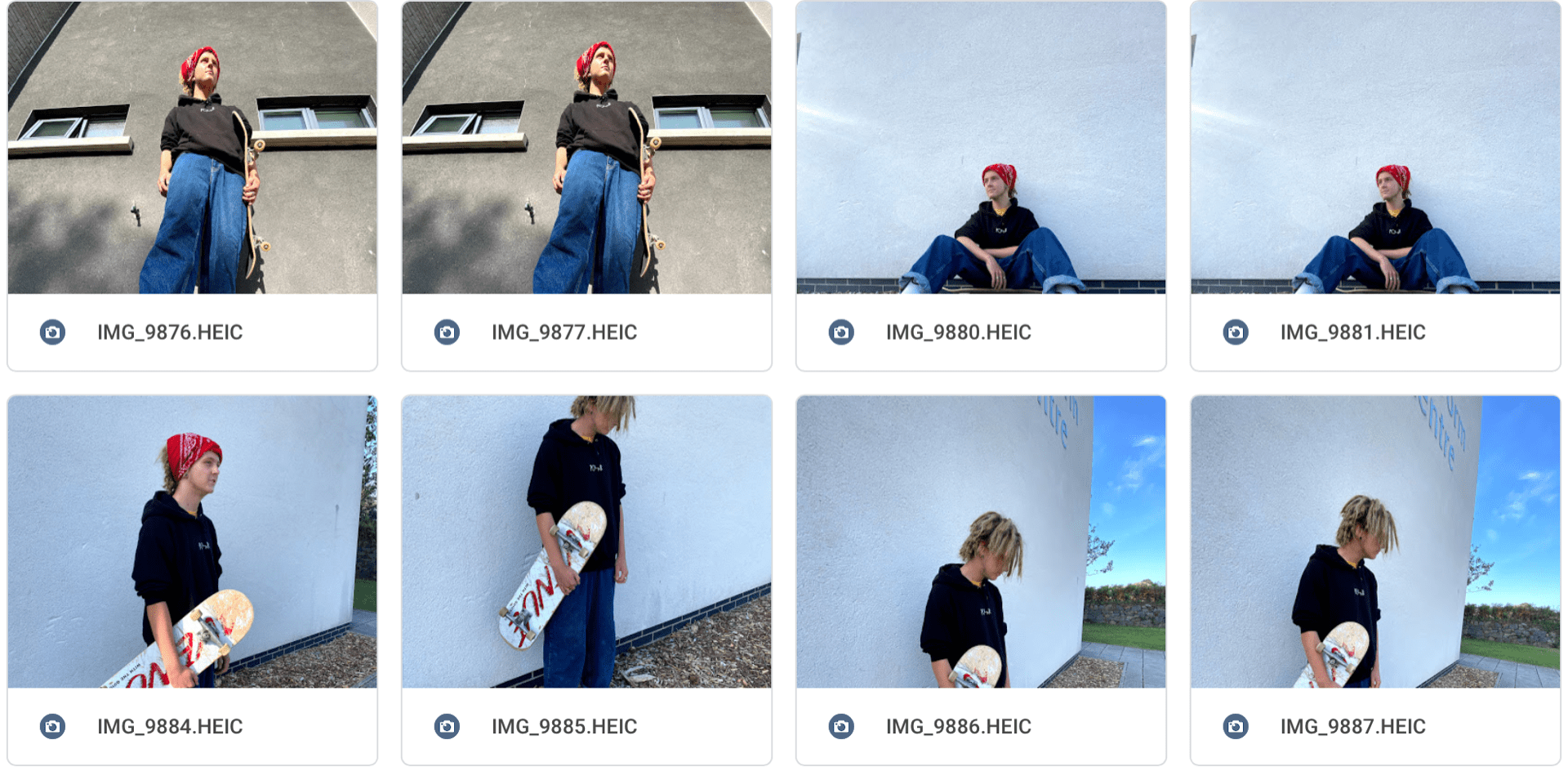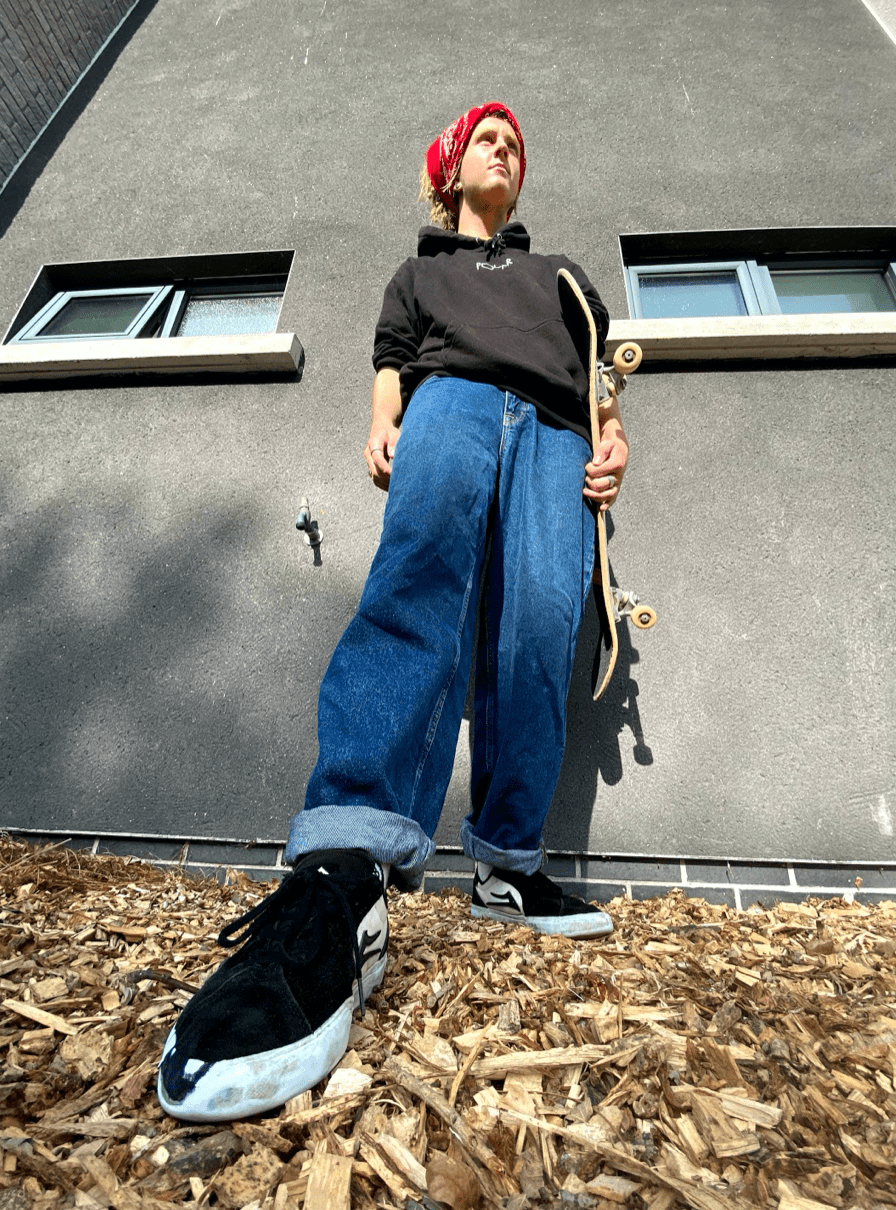For this task we were asked to create a tour poster using the images taken a few weeks previous. We had already looked into the Mise en Scene of the image, so our core focus on this task was to get the tour poster looking authentic and using all the aspects of the genre, by especially using AIDA-
- Attention
- Interest
- Desire
- Action
In order to do this, I created a mood board showing examples of the indie pop genre’s tour posters.
While creating my poster, I will look into fonts, colours, wording, placing and the general aesthetic of the posters. For example, most indie style posters I have seen, have purple backgrounds, this is a very inviting colour and looks mystical and vibrant. I want the typography to be simple yet effective, clear for the reader but relatable to the genre.
Below you can see my first attempt at using Photoshop and InDesign to create a tour poster. Despite the images being of a lower resolution and the poster not turning out quite how I would of wanted, I think my tour poster looks similar to those of which in my Mood board.
This was also only a first attempt, I hope to further my skills on using these apps. The task will help me in future with my final Music magazine front cover as I now know how to analyse the fonts etc.. but also how to create a poster using InDesign and Photoshop.












